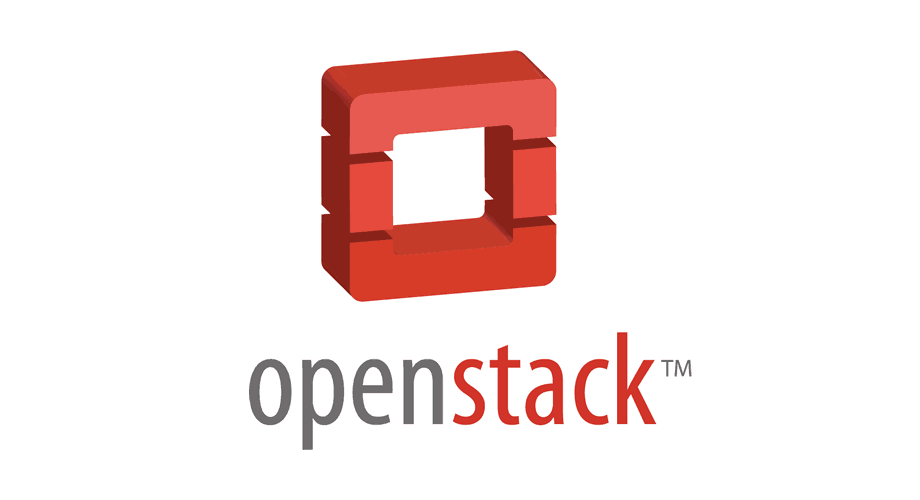The Emergence of OpenStack: Revolutionizing Cloud Infrastructure
 Cloud Tuned
Cloud Tuned
The Emergence of OpenStack: Revolutionizing Cloud Infrastructure
OpenStack has emerged as a leading open-source platform for building and managing cloud infrastructure. In this article, we'll explore the origins of OpenStack, its key components, and the impact it has had on the cloud computing landscape.
Origins of OpenStack
OpenStack was born out of a collaboration between NASA and Rackspace Hosting in 2010, with the goal of creating an open-source software platform for building public and private clouds. The project aimed to provide organizations with a flexible and scalable solution for managing their cloud infrastructure while avoiding vendor lock-in.
Key Components of OpenStack
OpenStack is composed of several modular components, each serving a specific function in the cloud infrastructure stack. Some of the key components include:
- Nova: Provides compute services, including virtual machine management and orchestration.
- Swift: Offers object storage services for storing and retrieving large volumes of data.
- Cinder: Manages block storage volumes for use with virtual machines.
- Neutron: Provides networking services, including virtual network creation and management.
- Keystone: Handles identity and authentication services, including user authentication and authorization.
- Glance: Manages virtual machine images, enabling users to create and deploy instances from pre-configured templates.
Use Cases of OpenStack
OpenStack is widely used across various industries and sectors for a variety of use cases, including:
- Private Cloud Deployment: Organizations deploy OpenStack to build and manage private clouds for internal use, providing on-demand access to computing, storage, and networking resources.
- Public Cloud Services: Service providers leverage OpenStack to offer public cloud services to customers, providing scalable and reliable infrastructure for hosting applications and services.
- Hybrid Cloud Environments: OpenStack facilitates the adoption of hybrid cloud architectures, allowing organizations to seamlessly integrate public and private cloud environments for improved flexibility and data management.
- Research and Education: Academic institutions and research organizations use OpenStack to support scientific computing, data analysis, and collaborative research projects.
- Telecommunications: Telecommunications companies deploy OpenStack to build and manage cloud-based network functions and services, enabling the delivery of scalable and agile communications solutions.
Impact of OpenStack
OpenStack has had a significant impact on the cloud computing industry, empowering organizations to build and manage cloud infrastructure on their terms. Some of the key benefits and impacts of OpenStack include:
- Flexibility and Customization: OpenStack allows organizations to customize their cloud infrastructure to meet their specific requirements, enabling greater flexibility and control.
- Cost Savings: By leveraging open-source software and avoiding vendor lock-in, organizations can reduce their cloud infrastructure costs and optimize resource utilization.
- Innovation and Collaboration: OpenStack fosters collaboration among developers, operators, and users, driving innovation and continuous improvement in cloud technology.
- Hybrid Cloud Adoption: OpenStack facilitates the adoption of hybrid cloud architectures, enabling seamless integration between public and private cloud environments.
- Community Support: The OpenStack community is vibrant and active, providing resources, documentation, and support to users and contributors worldwide.
Conclusion
The emergence of OpenStack has revolutionized the way organizations build and manage cloud infrastructure. By providing an open-source platform for cloud computing, OpenStack has empowered organizations to innovate, collaborate, and scale their operations in the cloud.
Are you interested in learning more about OpenStack and its applications? Share your thoughts and questions in the comments below! Don't forget to subscribe to our blog newsletter for more informative content on cloud computing, open-source technology, and emerging trends.
Join the OpenStack revolution and unlock the power of open-source cloud infrastructure! 🚀🔓
Subscribe to my newsletter
Read articles from Cloud Tuned directly inside your inbox. Subscribe to the newsletter, and don't miss out.
Written by
